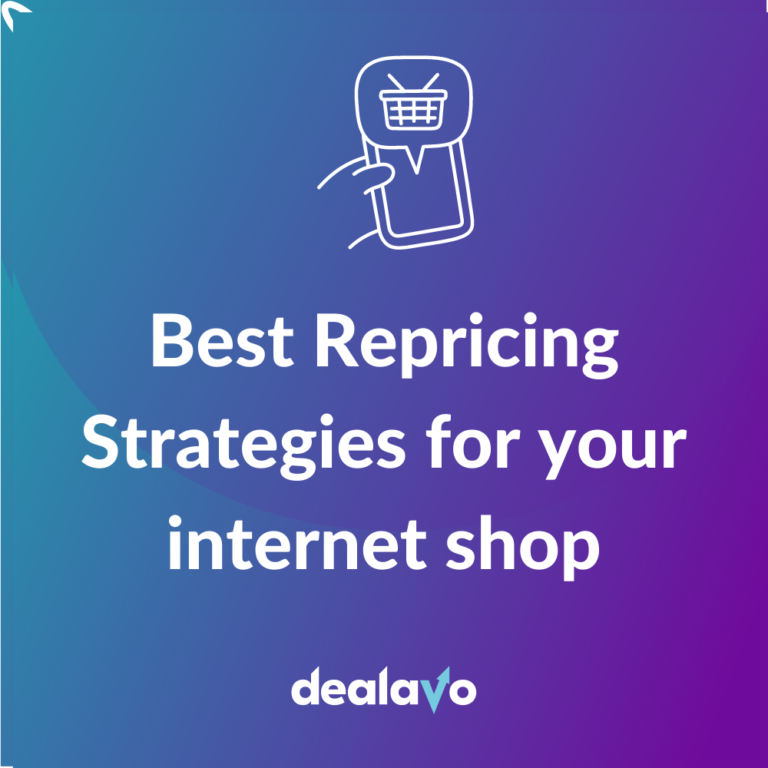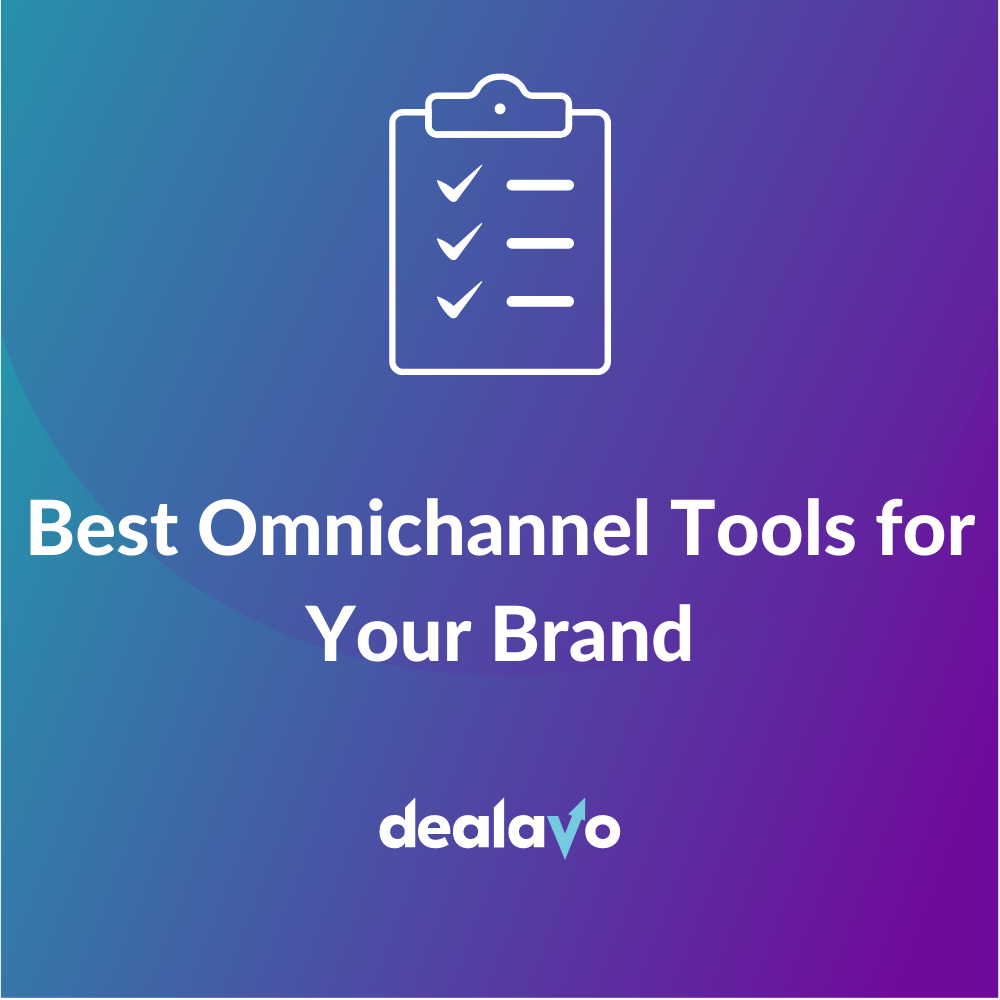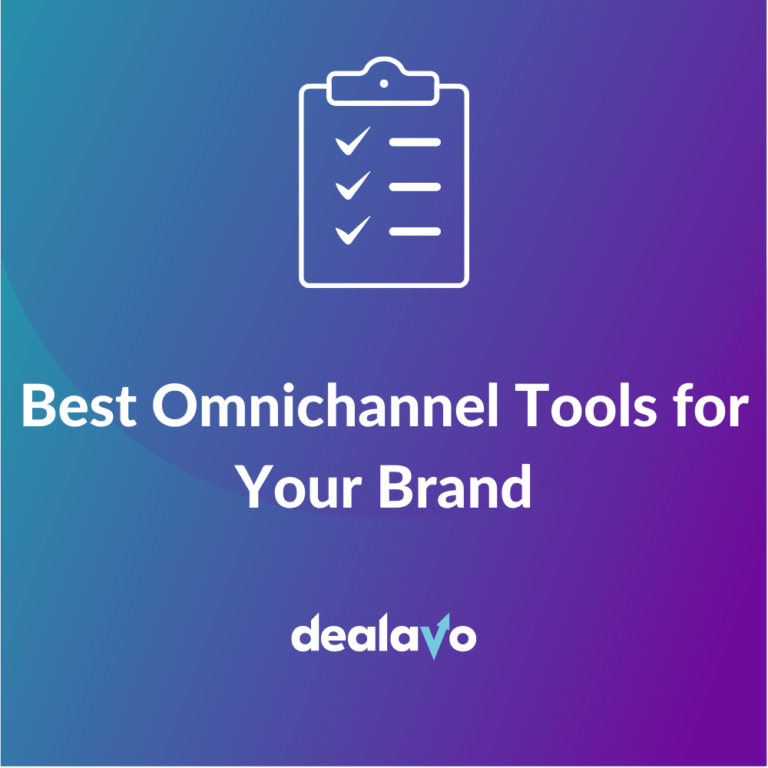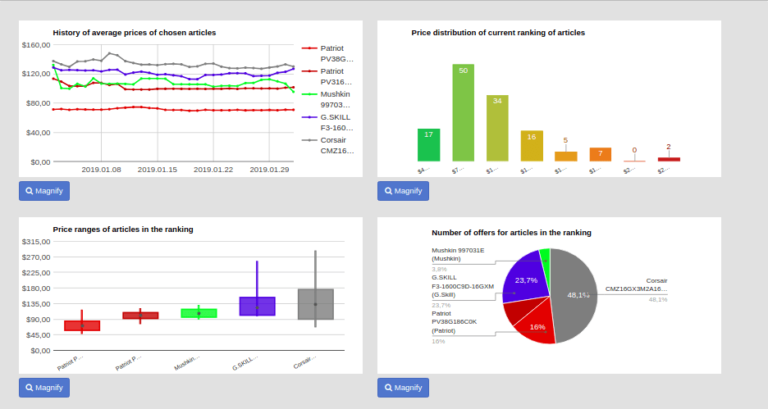How to choose the best e-commerce platform for your business?
- 19 May 2023
If you’re running an e-commerce business, there is sometimes a need to change your e-commerce platform, primarily when the old solution is not sufficient concerning your store’s size or popularity. Every aspiring e-commerce entrepreneur has to make the same decision. And we can say with confidence this is one of the most important decisions for any e-commerce business. So, what should you consider when selecting a (new) e-commerce platform for your business?
There are at least eight essential parameters to analyze, but before we get to that, let’s have a look at four major types of e-commerce platforms you can use.
Types of e-commerce platforms
SAAS PLATFORMS
These platforms are hosted on the service provider’s servers. They provide sellers with ready-made online stores as part of their monthly subscription, making it a popular and cost-effective solution for beginners in the e-commerce industry and small businesses. Sometimes they are referred to as subscription platforms.
In essence, you don’t have to buy or download any software; it’s all available in the cloud. All you need is a store’s domain (the URL address), and you’re almost ready to go! You can install a SaaS platform on your domain, and you get instant access to a ready-made online store. Frequently, these platforms (e.g., PrestaShop or Shopify) come with intuitive dashboards, so you can manage your store even without extensive programming knowledge.
OPEN-SOURCE PLATFORMS
That’s the most cost-effective option and good to consider if you have an experienced web developer on your team. They are free to use and do not require any setup or monthly fees. The cost of building the website depends solely on the complexity of features and solutions required. Open-source platforms (e.g., WooCommerce and Adobe Commerce) are known for their flexibility and ability to modify features and layouts in the online store.
And don’t fall into the trap of thinking open-source platforms are just for small companies. Some really big e-stores use them! However, to make the most of an open-source platform, you need someone with programming knowledge, as setting up an online store this way is like building a new website. It’s very difficult if you don’t know how to do it.
DEDICATED PLATFORMS
We also have dedicated e-commerce platforms. They are created by the provider (a web development company) based on individual orders, making them the most expensive option. The source code for these platforms is usually written from scratch, so developing them takes a lot of time and money.
Dedicated e-commerce platforms are worth considering if you need some non-standard features that are not available on the market. However, truthfully, you usually can find a solution that doesn’t require building a whole new e-commerce platform from scratch.
HEADLESS COMMERCE PLATFORMS
Lastly, we want to show you yet another non-standard type of e-commerce platform. In headless commerce, the front-end layer is separated from the back-end layer. With headless commerce, these two layers work fully independently of each other, but they communicate via APIs (application programming interfaces) that use specific protocols/messages (sometimes referred to as calls) to work together seamlessly.
You have to know that these API calls are extremely flexible. We could even say that there are no limits to how they can work, making your store fully customizable. Thanks to them, implementing any changes in the front-end layer doesn’t result in the need to change the back end as well. In other words, you don’t have to worry about your code base, databases, inventory, checkout process, or payments; everything remains intact.
Again, headless commerce is intended for the most advanced online stores requiring non-standard solutions and full customizability. If that’s what you need, BigCommerce and Salesforce Commerce Cloud can provide you with headless commerce solutions.
However, if you’re just starting or you’re not looking for any non-standard solutions, you should stick to SaaS and open-source platforms. In eight out of ten cases, they are good choices. Take a look at this short comparison of both solutions:
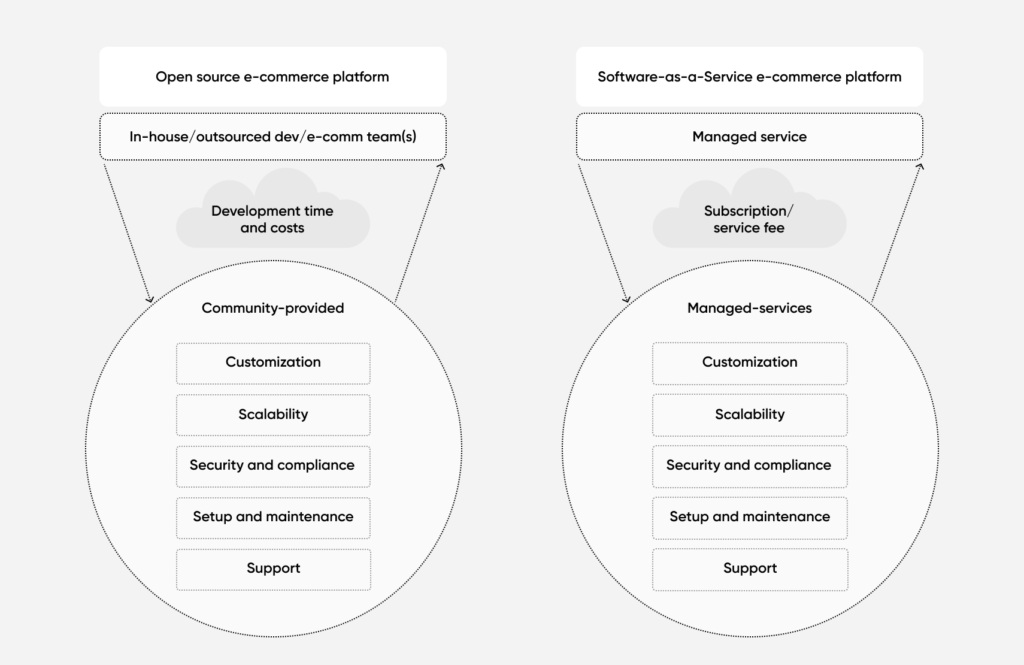
Source: https://fabric.inc/blog/open-source-ecommerce-platforms/
Now, let’s see what questions you should take into account before making such a serious decision.
What to consider when selecting an e-commerce platform?
BUDGET
Every SaaS platform comes with a monthly fee. On the other hand, open-source platforms require working with a web developer, so there are some costs involved on both sides. You need to consider all the costs related to a given solution. Analyze pricing plans and understand the limitations of a given platform before making a decision.
INTEGRATIONS WITH OTHER TOOLS
This question is immensely important. In 2023, no online store is a lone island. You’ll need to integrate your web store with payment gates, shipping platforms, CRMs, and many other tools. Even Dealavo needs to be integrated with your store if you want to benefit from advanced price monitoring and dynamic pricing.
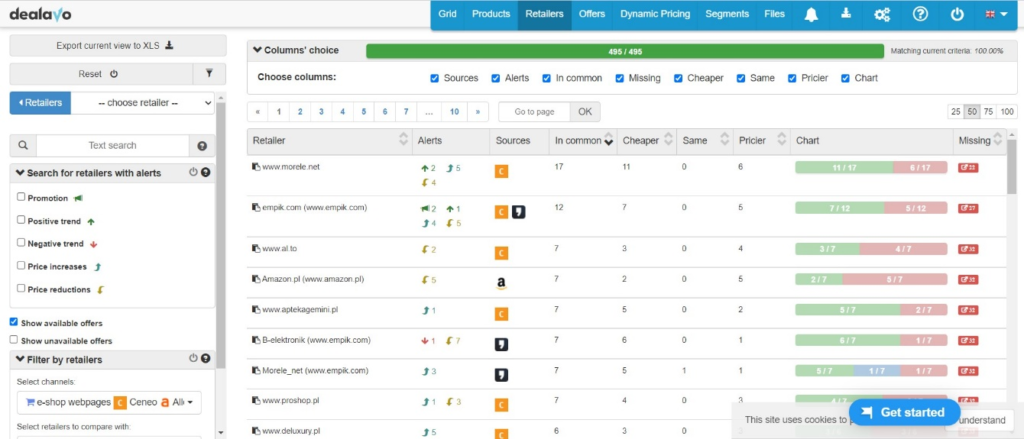
Make sure your new e-commerce platform can be easily integrated with other e-commerce tools and platforms. Just like in the case of headless commerce, API is a common, global standard for such integrations. Ask your future provider about that.
THE LIST OF FEATURES
Sure, most of the e-commerce platforms out there come with a very wide range of features, concerning payments, product presentations, and navigation. However, if there are some must-have features that you can’t do without, check whether a given platform offers them before making a decision. Looking for external plugins to deal with this problem can be time-consuming and daunting (of course, with open-source platforms, that’s a different story, as the majority of features are available through such plugins).
SLA (UPTIME GUARANTEE)
Every SaaS platform should provide you with information on their SLA (service-level agreement). In simple words, that’s the amount of time when your platform is fully operational and accessible for customers (so-called uptime). The higher SLA, the better, but everything above 99% is rather standard these days. Let’s use an example: A 99% SLA means that your e-store can be down for less than four days per year.
SCALABILITY
You want a platform that will grow along with your store. Usually, both SaaS and open-source platforms are capable of that, but it’s vital to check with the SaaS provider what are the thresholds for a given pricing plan. In many cases, you’ll get a specific limit of traffic or orders that you can serve per month in a given plan. Getting more will mean upgrading to a higher (more expensive) plan.
ONLINE SECURITY
When you work with an open-source platform, the security issues are on your shoulders. When you work with a SaaS platform, they are the responsibility of the provider. Before you sign the dotted line, check what security measures are in place, both when it comes to protecting your data and your customers. The more precautions there are, the better.
SEO
We assume that you will want to promote your store, right? If so, SEO is one of your best bets. Good visibility on Google can help you land many customers. However, ensure that the platform of your choice is SEO-friendly. Here, open-source platforms like WooCommerce have the upper hand, but SaaS platforms can also be SEO-optimized. What’s important is to check if your store will be mobile-friendly (that’s a crucial SEO requirement!), fast to load, and full of useful content (blog).
EASE OF USE
You or your team will spend hundreds of hours working with a given e-commerce platform. That’s enough reason to look for a platform that’s intuitive and easy to use. Believe us, getting frustrated with a platform that doesn’t work the way you expect is just a matter of time. Thankfully, you can avoid this bullet simply by asking for a trial period. Use it to see whether a given platform is intuitive and easy to run. If it is, you know what to do!
Grow your online store with Dealavo!
We hope this short guide explains all the major questions to consider when looking for the perfect e-commerce platform. Whatever option you choose, don’t forget about the importance of pricing! Our tool is fully adjusted to the needs of the e-commerce sector. Read more about our repricing features and the ROAS booster to find out more.

